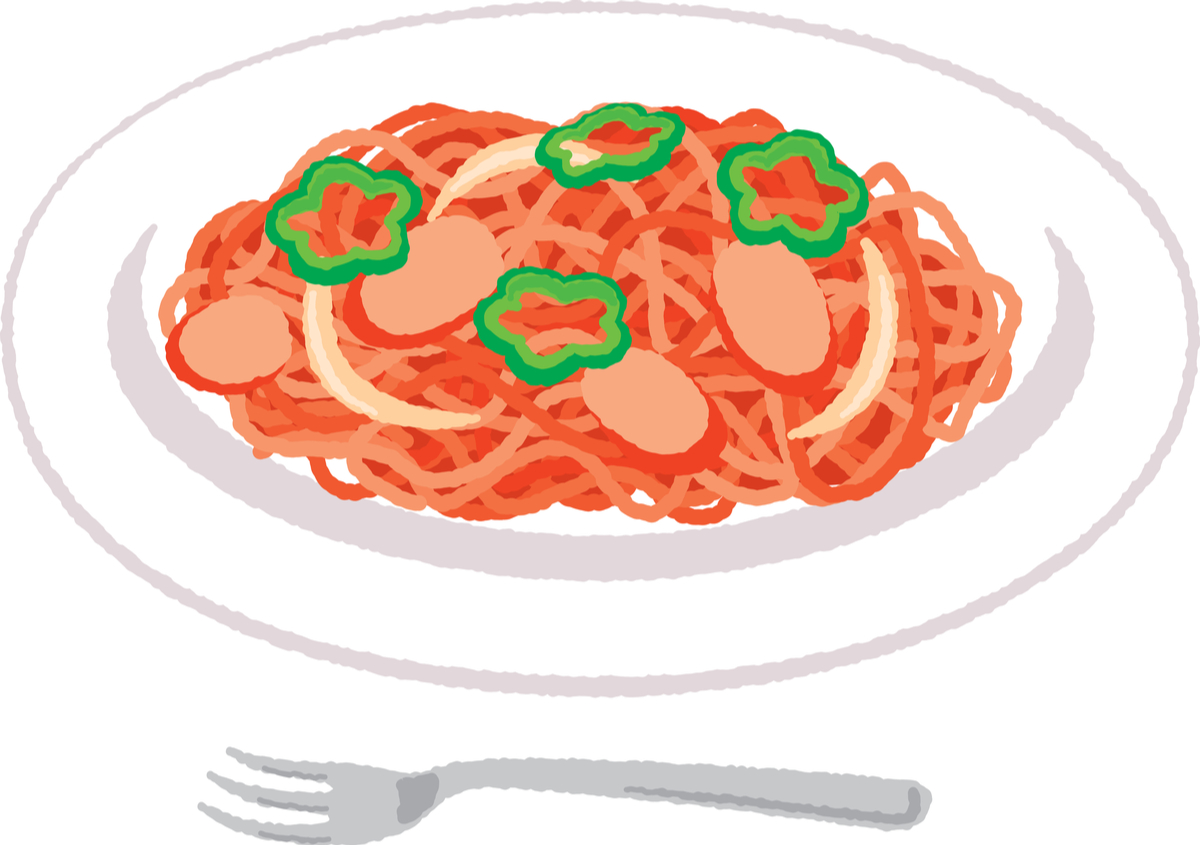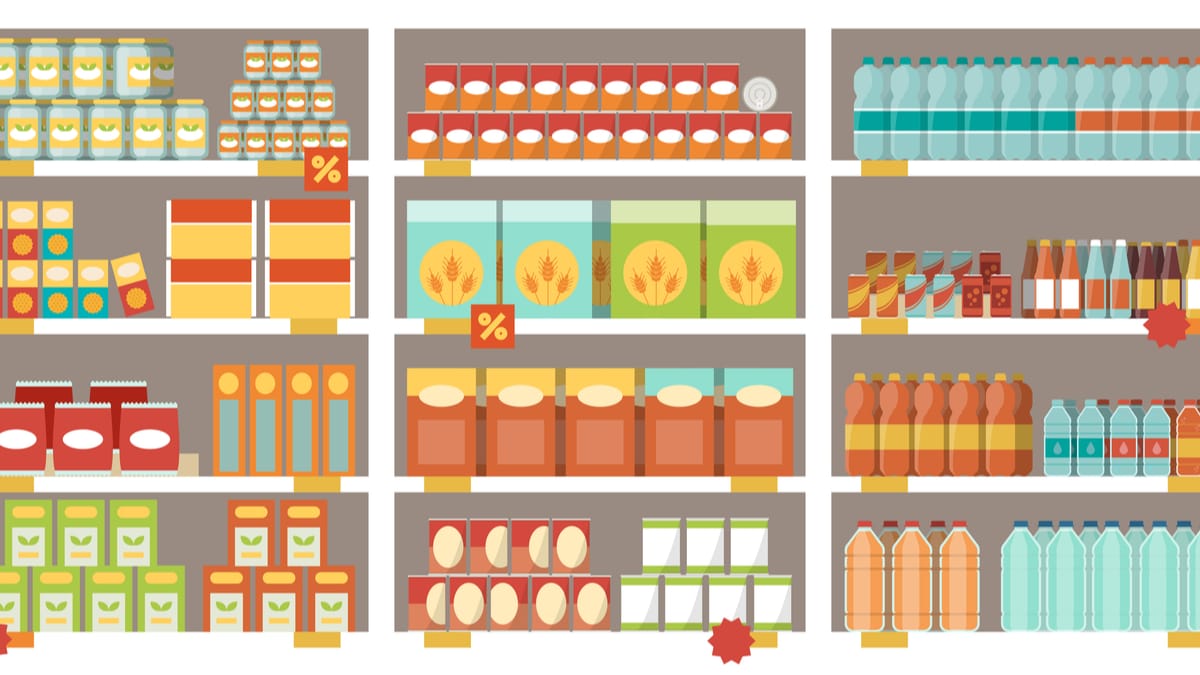When the pandemic’s first state of emergency took effect, my wife started working from home. It went so well that her company made telecommuting permanent. For about a year, we worked side by side, albeit in different worlds. She in the corporate realm, myself in the creative (guess which realm pays better).
Her being home all day every day led to her taking over more household chores. I prohibited her from cleaning, as I think myself more thorough in this regard, but I had no good reason to prevent her from almost completely taking over the kitchen. There can be no doubt that my wife can outcook me blindfolded. She can do it with one arm tied behind her back and leave a cleaner kitchen. Still, I consider myself not entirely clueless with pots and pans. I actually like to cook and I generally like the results, even though others have subtly expressed more differentiated views. During the pandemic, however, I became lazy when it came to putting food on the table. To my wife’s constant chorus of “Should I take over tonight?”, my routine response had become: “Ii yo” (“yeah, sure”).
This month things changed. My wife started a new job and for the foreseeable future, she will actually have to go there. Being a good husband, I pulled myself out of my funk and decided to demonstrate greater presence in the kitchen again. I didn’t know how great. Somehow, what was planned as a non-committal pledge to take over more often came out as: “You know what? From now on, I will cook dinner every weeknight. You can have Saturdays and Sunday will remain Delivery Day, as family tradition dictates.” To my even bigger surprise, she just replied: “Ii yo.” Maybe presenting her with a detailed printed menu previewing my plans for the first week signaled my sincerity.

Planning that first week was easy. I filled it with simple yet popular favorites that have been known to satisfy my wife and our 6-year-old daughter Hana in the past, like teriyaki chicken and ginger pork. There was also Spaghetti Broccolitan, my clever variation of the Japanese staple of Spaghetti Napolitan, which is essentially pasta with ketchup and a bit of stir-fry. My version switches bell peppers for broccoli since nobody but me in our household appreciates bell peppers (Hana is a strange child, with broccoli and spinach being among her favorite food items).
I can’t do Spaghetti Broccolitan too often, though. My wife has been known to say things like: “We can’t have curry tonight. We already had curry six weeks ago.” Another one of her sayings to keep in mind is: “Ramen is not dinner.”
What to cook?
When we still lived in Germany, I had been a compulsive buyer of cookbooks. I would try one or two recipes from each, then move on to the next volume. My cookbook and my vinyl record collection were the first things to go before moving to Japan. I sometimes miss the music, but I appreciate the clean slate when it comes to culinary literature.
Recently, two books have helped me tremendously in preparing meals that are not completely alien to my European kitchen habits yet use ingredients I am more likely to find in the supermarkets of my current home. Tokyo Cult Recipes (questionable title, unquestionable content) by Maori Murota and The Gaijin Cookbook by Ivan Orkin and Chris Ying inspired me not only to up my ginger and teriyaki game; they also taught me that tarako (pollock roe) doesn’t grow in plastic bags and that ramen actually can be dinner. Coming with lush photography and musings that go beyond ingredients and instructions, both volumes also make great coffee table books, but I actually do put them to their intended use.

I also take mental notes while watching the Netflix show Midnight Diner: Tokyo Stories, which has become a comfort watch on those nights when we are simply too exhausted for regular one-hour TV dramas with lots of things happening. Another, unexpected inspiration became the monthly lunch menu from Hana’s elementary school. I can’t believe she got her first taste of chili dog at a Japanese school cafeteria. I made sure she got the second, proper one at my table.
Where to shop for groceries?
One of my early fascinations that began to wear off after moving to Japan was finding Asian food in supermarkets. These days, I would get more excited about one decent can of pea soup, the kind my mother used to lovingly heat up for me, than about twenty choices of Korean cooking sauce. Of course, there is no shortage of international supermarkets in Tokyo, including the oddly named National Azabu. The store in Hiroo is well-loved by expats with unlimited expense accounts. Regular people – those who occasionally look at price tags before purchasing – often take a more critical stance. Admittedly, National Azabu offers some items that are hard to find anywhere else in the city (like the beloved German meatloaf Leberkaese, which literally means liver cheese, although it contains neither). But the pea soup I am suddenly craving, even though I never thought about it as a favorite back in Germany, they don’t carry.

In our area, grocery shopping for most people usually means going to the Tokyu Store. It’s not the only option, but it’s the easiest. Our Tokyu Store, like many Tokyu Stores, is very neat and shiny. That, unfortunately, is added to the prices you pay. I consider it the ‘neat and shiny tax’ and I was fine with it when my purchases were limited to the occasional bottle of wine or bag of chips. Now, I prefer the discount supermarket a few corners removed from the main street. Its target customers are the neighborhood’s bulk-buying restaurant owners, although there is no policy against selling to amateurs. While after closer examination not everything is considerably cheaper than elsewhere, many things are (beer, for instance, which is not entirely unimportant). Also, fortunately, not everything comes in bulk. For the really good deal, however, you will want to grab the larger portion. After shopping there for the first time, I quickly texted my wife: “Whatever you do – don’t buy onions! Ever again. Will explain later.”
The store’s stripped-down, no-nonsense atmosphere has grown on me. How pleasant it is to browse without triggering an annoying audio or video commercial every other step. It feels more like a place where people actually come to buy things, as opposed to having a ‘shopping experience.’

So far, cooking for my family almost every day hasn’t become a chore, although I’m sure it eventually will. For now, it remains a splendid opportunity to browse the shops of the local housewife circuit and reconnect with something that I really liked to do once but had lost track of. It’s also an opportunity to try new things – for me as well as for my family. And that elusive pea soup? I finally created it from scratch, using a blender for the first time in my life to make it extra-soupy. It was messy, but it was worth it.
Read more about Andreas’s family life, about cooking, or about the rare foodie finds around us.








